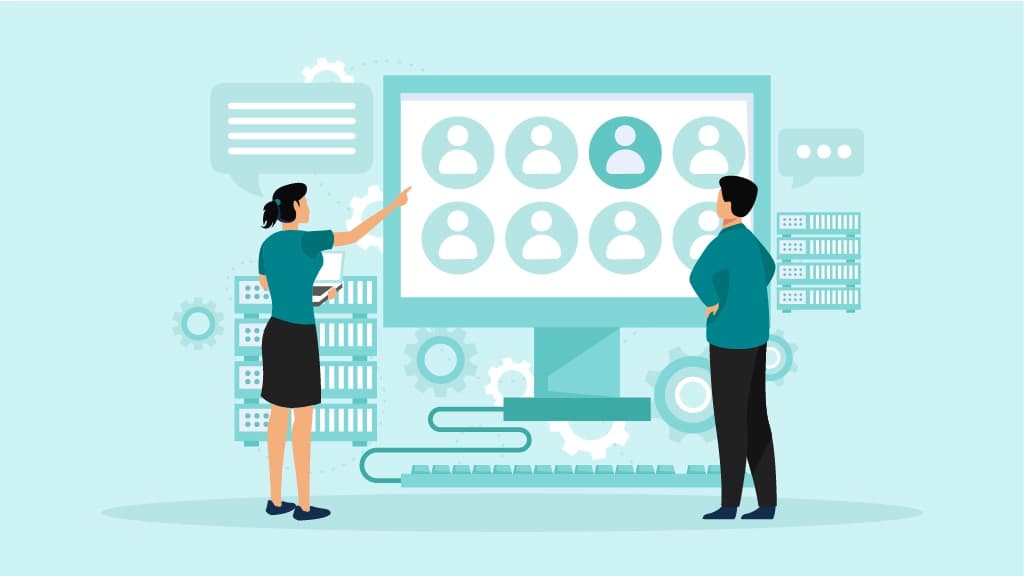
Team AdvantageClub.ai
April 23, 2025

In contrast, conventional Agentic AI employee sentiment analysis tools do more than simply gather data; they interpret it in light of context. It helps leaders comprehend what’s actually happening behind the scenes by identifying subtle trends, emotional indicators, and everyday interactions. It’s similar to boosting the emotional intelligence of your HR staff.
With advanced sentiment intelligence and emotional analytics, organizations can go beyond surface-level employee feedback and uncover what’s driving engagement, burnout, or even quiet quitting. This isn’t about replacing human connection—it’s about strengthening it. Sentiment analysis agentic AI for workplace helps create an environment where people feel seen, heard, and supported.
Understanding Agentic AI in the Workplace
Agentic AI employee sentiment analysis is goal-oriented. It doesn’t just sit around crunching numbers—it takes initiative. It can detect emotional signals from conversations, messages, or engagement patterns, then set out to solve problems or support people in meaningful ways. In addition to identifying poor morale, AI can also launch well-being resources, personalized nudges, or even helpful suggestions for team leaders.
Key Characteristics of Agentic AI:
- Autonomy: Agentic AI is capable of functioning autonomously, making choices and acting without continual human supervision.
- Goal-Setting: It can establish and work toward particular objectives, such as enhancing worker engagement or settling disputes.
- Proactive Behavior: Agentic AI is able to foresee problems and take proactive measures to resolve them before they become more serious.
The Evolution of Sentiment Analysis
Historical Context of Sentiment Analysis:
- Manual Methods: The manual surveys and feedback forms used in early sentiment analysis were labor-intensive and prone to human mistakes.
- Fundamental AI Tools: The process was automated with the advent of simple AI technologies, but these programs lacked the complexity and subtlety required to comprehend complicated emotions.
- Advanced AI Methods: Although today’s advanced AI methods are capable of analyzing sizable datasets and offering more precise insights, they are still devoid of agentic AI’s proactive powers.
10 Insights on Agentic AI and Employee Sentiment Analysis
Insight 1: Advanced HR Sentiment Intelligence
Agentic AI employee sentiment analysis goes further than previous sentiment systems that only classify input as “positive” or “negative.” It can go deeper into the attitudes and feelings of employees and detect minor emotional changes in teams, such as growing annoyance, waning drive, or even subdued optimism. For HR, this entails spotting opportunities before they are lost and problems before they escalate.
Key Benefits:
- Subtle Emotional Patterns: Agentic AI catches early emotional warning signs—those tiny signals we often miss in the daily rush.
- Comprehensive Analysis: It pulls insights from a wide mix of sources—think emails, chat threads, pulse surveys—so you get the full story, not just snapshots.
Insight 2: Emotional Analytics with Agentic AI
Key Benefits:
- Real-Time Monitoring: You don’t wait until the quarterly review to find out people are disengaged—you know employee sentiments in real-time.
- Proactive Interventions: Agentic AI encourages timely, thoughtful action before frustration becomes burnout or conflict turns into churn.
Insight 3: Enhancing Employee Engagement
Key Benefits:
- Personalized Strategies: Employees feel seen and understood with personalized employee engagement analytics, which boosts morale and retention.
- Real-Time Feedback: Managers stay in tune with what really drives their people—no guesswork is required, and allows for timely adjustments.
Insight 4: Proactive Conflict Resolution
Key Benefits:
- Early Intervention: Agentic AI identifies potential conflicts that get handled before they spiral.
- Conflict Resolution Strategies: You get personalized ideas for resolution based on what people are actually feeling, not just guessing.
Insight 5: Employee Well-being and Mental Health
Key Benefits:
- Mental Health Monitoring: Agentic AI monitors signs of stress, anxiety, or other mental health issues before employees raise their hands.
- Supportive Interventions: It helps create a more compassionate, proactive, and human workplace with counselling and wellness programs to address mental health concerns.
Insight 6: Diversity, Equity, and Inclusion (DEI)
Key Benefits:
- Bias Identification: Agentic AI can identify biases and inequities and provide a genuine pulse on how different communities within your company are feeling.
- Inclusive Strategies: Data-backed recommendations to address DEI concerns and build more inclusive practices and policies.
Insight 7: Employee Retention Strategies
People don’t usually quit out of the blue—there are signs. The problem is that many companies only realize them in hindsight.
Key Benefits:
- Turnover Prediction: Agentic AI can predict potential turnover by analyzing sentiment data so there is less guessing and more understanding.
- Tailored Retention Strategies: Tailored retention plans that actually work because they’re built on real signals, not assumptions.
Insight 8: Future Trends and Innovations
Key Trends:
- Wearable Technology: The integration of Agentic AI with wearable technology can provide continuous sentiment monitoring, allowing for more timely interventions.
- Advanced Emotional Analytics: Agentic AI is an emotionally intelligent system that doesn't just react but responds meaningfully.
Insight 9: Ethical and Privacy Considerations
Key Considerations:
- Transparency: Organizations must be transparent about their use of Agentic AI and the data they collect.
- Data Privacy: They must ensure that employee data is protected and used responsibly.
- Employee Consent: They must obtain employee consent before using Agentic AI for sentiment analysis.
Smart Sentiment
Agentic AI is proactive, perceptive, and—when used responsibly—an incredible ally in shaping a workplace where people feel heard and valued. At its core, Agentic AI employee sentiment analysis is here to help make work more human, not less. However, companies need to approach it with care to harness its true potential. Transparency, consent, and employee well-being should always be at the center.
FAQs
Q: What is Agentic AI?
Q: How does Agentic AI differ from traditional AI?
A: Traditional AI might analyze data and produce reports, but it stops there. Agentic AI goes a step further—it sets goals, adapts its approach, and takes action based on how employees are feeling, not just what they’re saying.
Q: What are the benefits of using Agentic AI for employee sentiment analysis?





